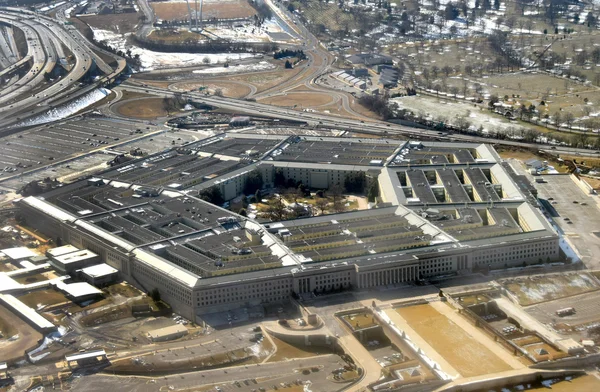On January 19, Iran-backed militants targeted the al-Assad airbase in western Iraq, launching a series of ballistic missiles and rockets.
This attack, aimed at international coalition forces, resulted in injuries to both U.S. and Iraqi personnel.
Although many missiles were intercepted, some succeeded in hitting the base, causing significant damage and traumatic brain injuries among the personnel.
CENTCOM’s Assessment
U.S. Central Command (CENTCOM) has been actively assessing the damage.
“Damage assessments are ongoing,” CENTCOM stated.

Additionally, they reported, “A number of U.S. personnel are undergoing evaluation for traumatic brain injuries. At least one Iraqi service member was wounded.”
This attack isn’t isolated; the airbase experienced a similar assault on November 20, 2023, marking a significant upsurge in hostility with the use of more destructive ballistic missiles.
Read More: Naval Power Display by US, South Korea, and Japan Amidst Rising Tensions with North Korea
Historical Context and Defensive Measures
The al-Assad airbase, akin to Baghdad’s Green Zone in terms of security, has been a frequent target in recent years.
Notably, it was the site of a major attack on January 8, 2020, involving approximately 30 Iranian ballistic missiles.
This was Iran’s response to the U.S. drone strike that eliminated Qasem Soleimani, the leader of the IRGC’s Quds Force.
In response to these ongoing threats, the Pentagon installed Patriot air defense systems at the base.
Details of the Attack
Initial reports indicate that the recent January 19 attack involved around 15 rockets, with 13 being successfully intercepted.
However, two managed to hit the base. The “Islamic Resistance in Iraq,” an Iran-linked group, claimed responsibility for this assault.
Also Read: Pakistan Rebukes Iran for Deadly Airstrikes, Signals Potential Consequences
IRGC Spy Chief’s Death in Syria
In a related development on the same day, Tehran announced the death of the IRGC’s spy chief for Syria, Brig. Gen. Sadegh Omidzadeh, in an Israeli strike on a Damascus residential building.
This attack, which also claimed the lives of his deputy and three other IRGC members, occurred in a neighborhood known for housing high-profile Iranian figures.
Regional Power Struggles
These incidents highlight the escalating conflict in the region.

Since mid-October 2023, U.S. and coalition forces have faced over 100 attacks by Iranian proxies in Iraq and Syria.
The Pentagon has responded with several strikes to deter imminent attacks and strategic moves by these proxies aimed at expelling U.S. forces from the region.
Israel’s Offensive Against Hamas
Amidst this turmoil, Israel has been actively targeting senior Iranian and allied figures in Syria and Lebanon.
Their military operations against Hamas have intensified, leading to the elimination of several key figures, including senior Iranian Gen. Razi Moussavi and top Hezbollah commander Wissam Tawil.
The Pentagon also reported seizing a shipment of advanced weapons from Iran to the Houthis, underlining the widespread nature of these regional conflicts.
U.S. Military Presence in the Region
The United States, with approximately 2,500 troops in Iraq and 900 in Syria, continues to play a significant role in the region.
This presence, fluctuating since the official withdrawal in 2011, underscores the ongoing challenges in maintaining stability and countering terrorism in the Middle East.
Read Next: Biden Administration Reinstates Terrorist Designation for Houthis Amid Escalating Red Sea Tensions
